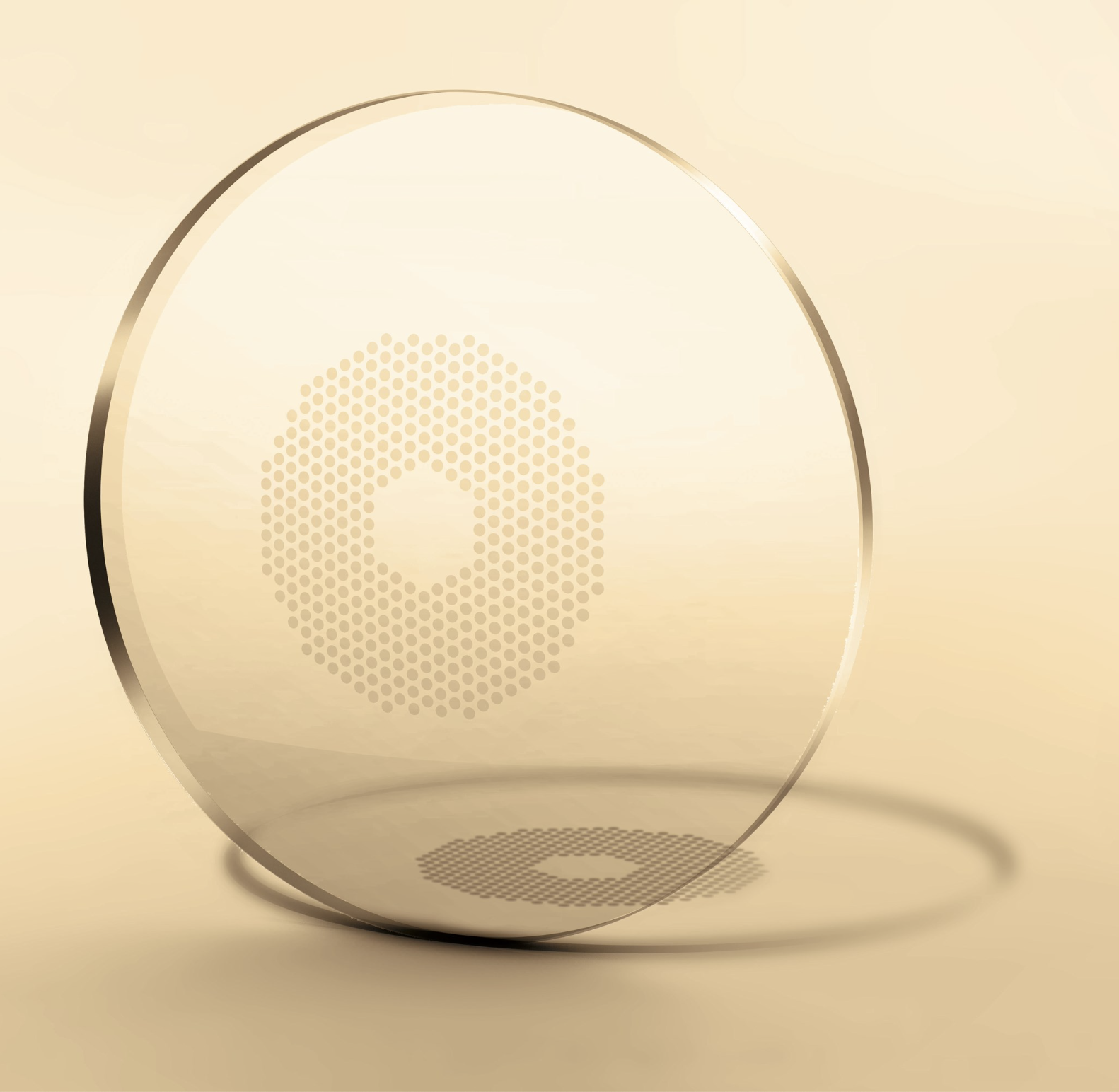 |
Children who were myopic and wore DIMS spectacle lenses safely sustained a slowing effect of slowing progression and axial elongation for up to six years. Photo: Hoya Vision Care. Click image to enlarge. |
Various interventions have been advocated for childhood myopia, with encouraging but mixed results, including topical atropine, orthokeratology and multifocal contact lenses. Recently, several manufacturers have been developing the newest option: spectacle lenses designed for myopia mitigation. In one new study, researchers outline the longest trial to date on children wearing a specific design called defocus-incorporated multiple segments (DIMS) spectacle lenses. The product, by Hoya Vision, is available outside the US under the name MiyoSmart.
The clinical trial, funded in part by Hoya and conducted in China, was two years long, but participants were followed in four groups for a total of six years to observe any long-term effects:
- group 1: six years of uninterrupted DIMS spectacle lens use
- group 2: DIMS for 3.5 years, followed by 2.5 years of single vision lens use
- group 3: single vision for the first two years, then switched to DIMS for remaining four years
- group 4: two years of single vision, followed by 1.5 years of DIMS and then back to single vision for another 2.5 years
Researchers found that group 1 showed no difference in myopia progression and axial elongation from the first three years to the last three, with resulting -0.15D/year of myopia progression and 0.10mm/year of axial elongation. Groups 1 and 3 in the last 2.5 years displayed less myopia progression and axial elongation than the single vision groups 2 and 4.
Children in groups 2 and 4 who discontinued DIMS wear saw faster myopia progression and axial elongation compared with the treatment groups 1 and 3. Interestingly, group 3 showed slower myopia progression and axial growth compared with group 1, even though group 3 wore the treatment lenses for four years and group 1 for six. However, this could be due to having started the lenses at an older age.
The study authors explored this difference in effectiveness with age, explaining that the variation seen could be due to interaction of the relative peripheral refraction profile and imposed myopia defocus during treatment. Relative peripheral refraction at the start of treatment did have some impact on myopia control outcomes.
As the authors explained, the effect of myopia control depended on counterbalanced hyperopic defocus from the eye by the myopic defocus from the DIMS lens. Ideally, this would result in shifting the eye’s hyperopic defocus to become myopic defocus.
To put into perspective the results of their study, the researchers elucidated in their paper that “myopic children with baseline myopic relative peripheral refraction when combined with the myopic defocus of +3.50D from the treatment lens may be receiving too much myopic defocus at the mid-periphery retina, and this situation may result in an overall more blur peripheral image and such blur could be beyond the threshold of signal detection, and myopia control would therefore be less effective in this age group.”
Based on the entirety of their findings, which included finding no adverse effects, the authors concluded that “DIMS spectacle lenses are safe to be used as a clinical intervention for childhood myopia control.”
Lam CSY, Tang WC, Zhang HY, et al. Long-term myopia control effect and safety in children wearing DIMS spectacle lenses for six years. Sci Rep. April 4, 2023. [Epub ahead of print]. |


